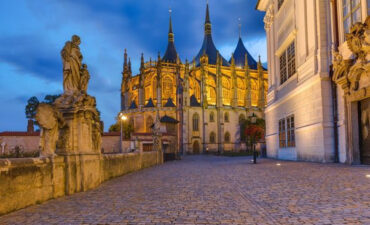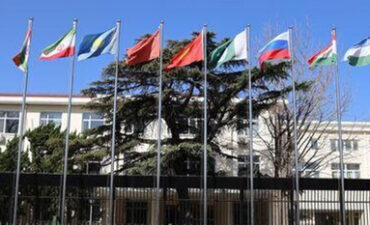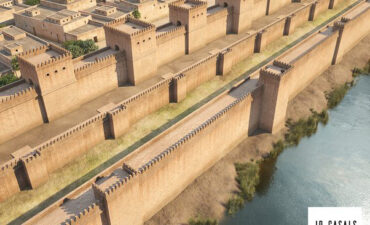What were the biggest influences that the Ottoman Empire had on Balkan countries? The Ottoman Empire had a profound and lasting influence on the Balkan countries, shaping their social, cultural, political, and economic landscapes. Some of the biggest influences include:
Administrative and Political Structures
Millet System: The Ottomans implemented the millet system, which allowed religious communities (Orthodox Christians, Jews, Muslims, etc.) to govern themselves in matters of personal law and education. This system provided a degree of religious autonomy and helped maintain ethnic identities.
Centralized Bureaucracy: The Ottomans introduced a highly centralized administrative system, which included local governors (bey or pasha) and a hierarchy of officials. This system influenced the administrative practices in the region even after the empire’s decline.
Religion and Culture
Islamic Influence: The spread of Islam in the Balkans, particularly in Bosnia and Albania, where significant Muslim populations emerged. This also led to the construction of mosques, madrasas (religious schools), and other Islamic institutions.
Architectural Heritage: Ottoman architecture left a lasting mark, with numerous mosques, bridges, baths (hamams), and public buildings still standing today. Notable examples include the Stari Most bridge in Mostar, Bosnia, and the Sultan Ahmed Mosque in Skopje, North Macedonia.
Cultural Syncretism: The blending of Ottoman and local traditions led to unique cultural expressions in music, cuisine, clothing, and language.
Economic Changes
Land Tenure System: The introduction of the timar system, where land was granted to military officers and officials in exchange for their service, influenced the agrarian economy and social structure.
Trade and Urbanization: The Ottomans developed trade routes and urban centers, facilitating economic activity and the growth of cities such as Sarajevo, Belgrade, and Thessaloniki. They also established marketplaces (bazaars) and caravanserais to support commerce.
Legal and Educational Reforms
Legal Pluralism: The coexistence of various legal systems under the Ottoman rule (Sharia law for Muslims, Canon law for Christians, and other customary laws) impacted the legal traditions of the Balkan countries.
Educational Institutions: The Ottomans established numerous educational institutions, including madrasas and later secular schools, which influenced the intellectual and cultural development of the region.
Demographic Changes
Population Movements: The empire’s policies and conflicts led to significant demographic shifts, including the settlement of Muslim populations in the Balkans and the movement of Christian populations. This created a diverse and sometimes contentious demographic mosaic.
Ethnic and Religious Tensions: The Ottoman policy of dividing people into religious communities (millets) sometimes exacerbated ethnic and religious tensions, which persisted even after the empire’s decline.
Military and Strategic Impact
Military Recruitment: The practice of devshirme, where Christian boys were recruited, converted to Islam, and trained as Janissaries, left a lasting impact on the social fabric and military traditions of the region.
Defensive Architecture: The construction of fortresses and military structures to defend against both external and internal threats influenced the strategic landscape.
Language and Literature
Turkish Influence on Languages: The influence of Ottoman Turkish on the languages spoken in the Balkans, with numerous Turkish words being incorporated into local languages such as Serbian, Bulgarian, and Greek.
Literary Contributions: The Ottoman period saw the production of significant literary works in both Turkish and local languages, often blending elements of Islamic and local cultures.
The legacy of the Ottoman Empire in the Balkans is complex and multifaceted, with both positive and negative aspects. The empire’s influence can still be seen in many aspects of Balkan life today, from architecture and cuisine to legal systems and cultural practices.









